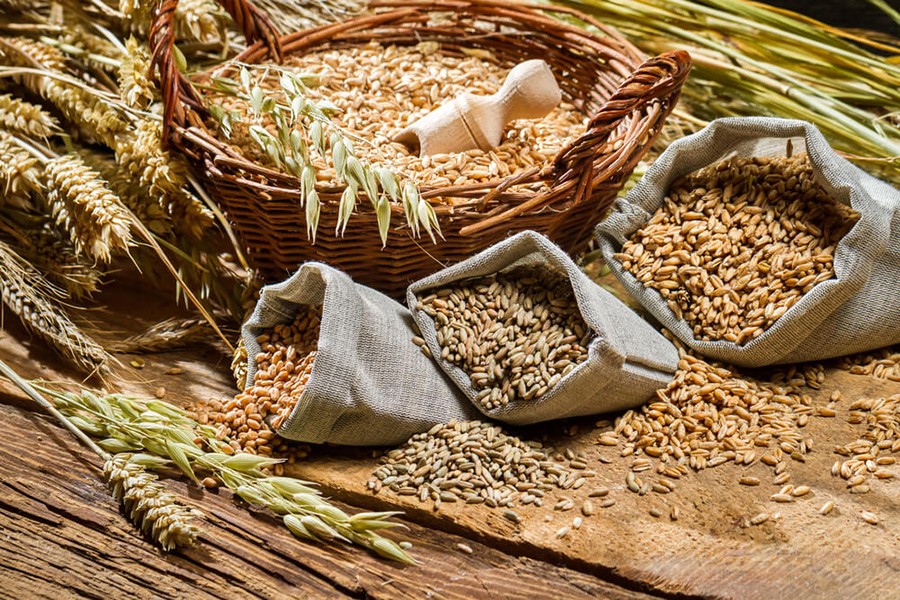Rajshahi farmers and all other field level agricultural officials, scientists and researchers concerned have adapted need-based steps for making the current-season’s wheat farming a success in the region.
Department of Agriculture Extension (DAE) has set a target of producing around 440,000 metric tonnes of wheat over 134,000 hectares of land spread in eight districts under Rajshahi division.
“We have adequate preparations and all the field level officials and staff concerned are working relentlessly to attain the target,” said SM Mustafizur Rahman, additional director of DAE.
He mentioned that the farmers were seen adding more lands under wheat farming than that of target fixed by DAE for the last couple of years.
Meanwhile, farmers and others concerned have been very much optimistic about the overall wheat production during the current season in the region particularly the vast Barind tract.
Golam Mostofa, 48, a farmer of Panchandar village under Tanore upazila, is now happy over witnessing his wheat field. He attributed that timely sowing of seeds accompanied by the current cold spell, is being considered as a positive sign for attaining a bumper production of the cash crop.
Dr Ilias Hossain, principal scientific officer of Regional Wheat and Maize Research Centre, said farmers of the Barind area were found more confident in wheat farming on more new lands, due to the water-stress conditions here, as wheat is a less-water consuming plant.
Wheat Research Centre has so far released 24 wheat varieties and some other time-fitting technologies for commercial cultivation.
The recently released six varieties including Prodip, Bijoy, Shatabdi and BARIGAM-26 are more tolerant to leaf blight and leaf rush-disease with additional advantage of higher yield, Dr Ilias added.
Nurul Amin, retired additional director of DAE, said wide-range promotion of the newly innovated variety could help increase wheat yield.
Wheat plays an important role in ensuring food security as its consumption is increasing day by day. But, Bangladesh produces hardly a million metric tonne of wheat against the demand of around 4 million tonnes annually, he stated.
Agriculturist Amin, however, said that Rajshahi division contributes 35 per cent of the total area and 44 per cent of the total production. Not only that, there are around 50,000 hectares of more rain fed land in the high Barind area and there has been a bright prospect of bringing the huge land under wheat cultivation, reports BSS.
ATM Rafiqul Islam, project director (agriculture) of Barind Multipurpose Development Authority, said a substantial and sustainable expansion of wheat farming can mitigate the existing water-stress condition in the high Barind tract as wheat is an environment-friendly crop.
“Large scale wheat production is very important for ensuring food security as it is the second most important cereal in the country after rice and plays a vital role in the national food security.”
Agriculturist Rafique viewed time has come to enhance acreage of wheat farming instead of only depending on Irri-Boro rice in the dried area to ensure food security amid the adverse impact of climate change.
More support from international research organisations including CIMMYT has become necessary for germ-plasm especially heat-tolerant variety adoption together with yield gap minimisation in the farmers field.


